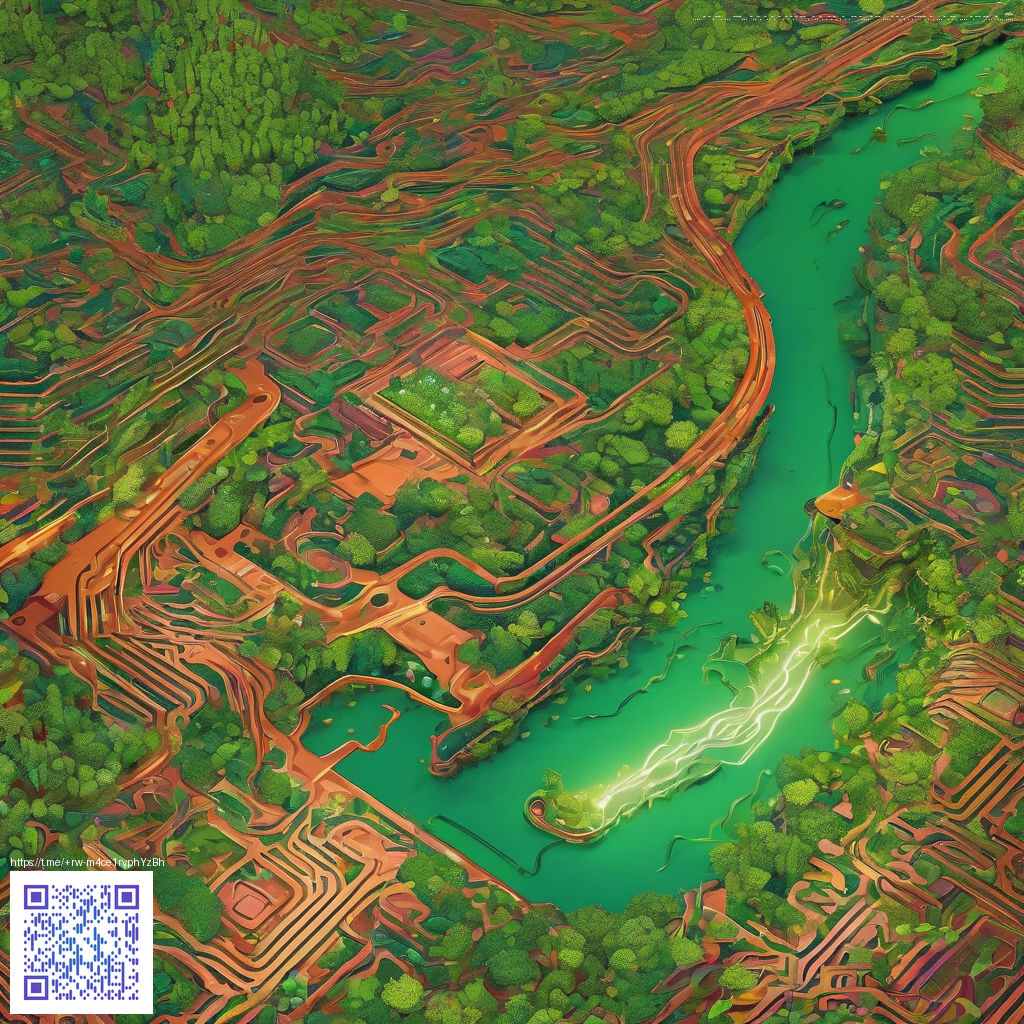
Understanding Pixel and Vector Textures: Shaping the Future of Digital Surfaces
Texture design sits at the intersection of art and engineering. On one side, pixel-based textures—classic raster approaches—capture rich detail through a grid of tiny squares. On the other, vector textures rely on mathematical descriptions to render crisp, scalable surfaces. The real magic happens when designers move beyond a binary choice and explore how these approaches can inform one another. In a world where screens come in every size and objects demand tactile credibility, the future of texture design looks less like a debate and more like a synthesis.
What Pixel Art Brings to Textures
Pixel art excels at nuance. It can reproduce subtle grain, noise, and micro-edges that feel organic in photographs or hand-crafted textures. Raster textures shine for photo-real detail, skin, fur, and the rich irregularities found in nature. The downside? Resolution dependency. Scale a pixel-based texture too large, and you start to notice jaggies and blur. Yet for devices with fixed canvases or where memory constraints matter, pixel textures remain a reliable workhorse, offering straightforward rendering pipelines and a familiar aesthetic that resonates with retro and contemporary styles alike.
Vector Textures and Their Promise
Vector textures flip the script. By describing shapes, gradients, and patterns with mathematical equations, vectors deliver resolution independence. They’re ideal for crisp UI elements, tiled patterns, and surfaces that need to stay sharp across displays and print sizes. The trade-off is that capturing complex, irregular textures—like natural stone or weathered metal—often requires clever layering or hybrid techniques. Still, vectors excel at scalable silhouettes, clean color bands, and material simulations that must remain legible on any device.
“Textures aren’t just about what you see; they’re about how they respond to light, scale, and touch. The best designs blend pixel richness with vector clarity to create surfaces that feel tangible and alive.”
Today’s designers rarely pick one path and stay there. They blend procedural methods, vector maps, and raster textures to craft surfaces that adapt to context. This hybrid mindset is especially relevant for texture-heavy fields like game art, digital packaging, and user interface design, where every inch of a surface needs to communicate something—grit, translucency, warmth, or cool precision.
Where They Meet: Hybrid Approaches and Practical Techniques
- Procedural textures: By using noise functions and algorithms, you generate patterns on the fly, achieving scalable realism without storing massive bitmap data.
- Tileable vector textures: Designers create seamless vector patterns that can be rasterized at any size, ensuring consistency across thumbnails and large-format prints.
- Hybrid maps: Combine vector-driven gradients with raster overlays to simulate complex materials like glass, fabric, or skin while preserving performance.
- Real-time rendering: Modern engines fuse these approaches with shader-based techniques to adapt textures to lighting and perspective in real time.
For practitioners, choosing the right blend depends on the project’s constraints and goals. If you’re optimizing for mobile surfaces, you might lean toward vector-driven textures with procedural accents to maintain clarity at small scales. If you’re crafting a photoreal scene, raster assets with carefully layered maps can deliver depth and nuance that feel tactile to the touch—and to the eye.
Real-World Applications and a Quick Example
In consumer products and product photography alike, texture decisions influence perceived quality. Even everyday items like phone cases rely on texture to convey grip, transparency, and durability. Consider the Clear Silicone Phone Case — Slim, Durable, Open-Port Design as a practical example: the choice of material texture, combined with transparency and edge geometry, communicates how the product will feel in hand. While the page you might visit for the product details is separate from this article, it serves as a reminder that texture design informs both aesthetics and usability across formats. A broader visual study can be found on the referenced page at the following resource: diamond-images.zero-static.xyz/d8315306.html.
Looking ahead, designers will increasingly adopt a mindset that treats textures as adaptable, procedural, and responsive. The goal is to create surfaces that remain convincing at any resolution, lighting condition, or viewing distance. When you combine pixel texture depth with vector precision, you don’t just reproduce surfaces—you emulate how real materials behave under varied circumstances.
Similar Content
Explore related visuals and textures here: https://diamond-images.zero-static.xyz/d8315306.html